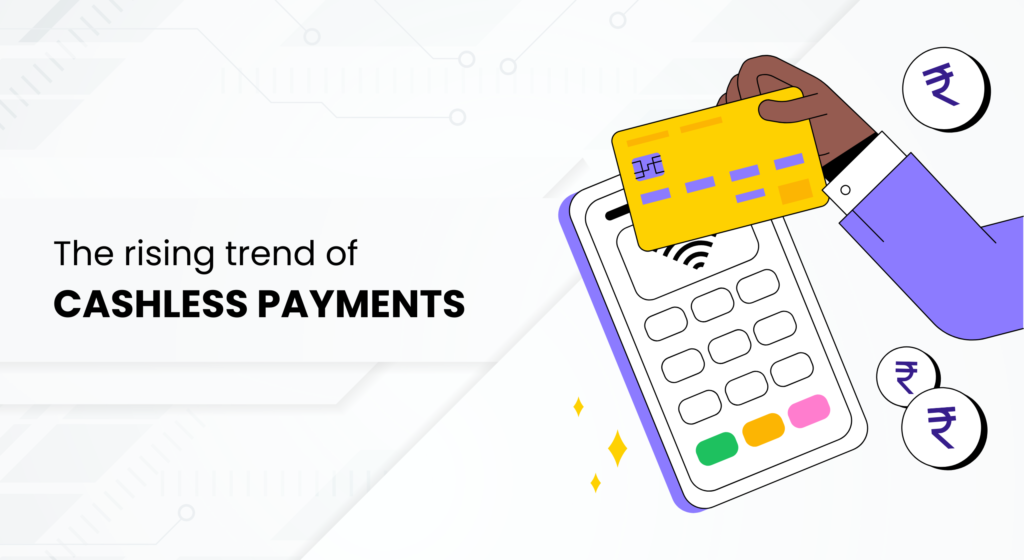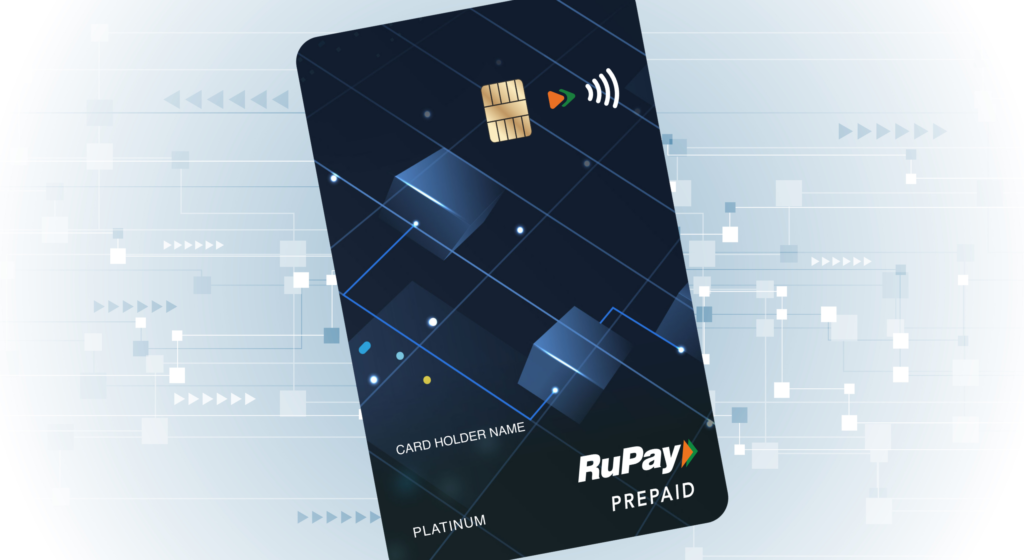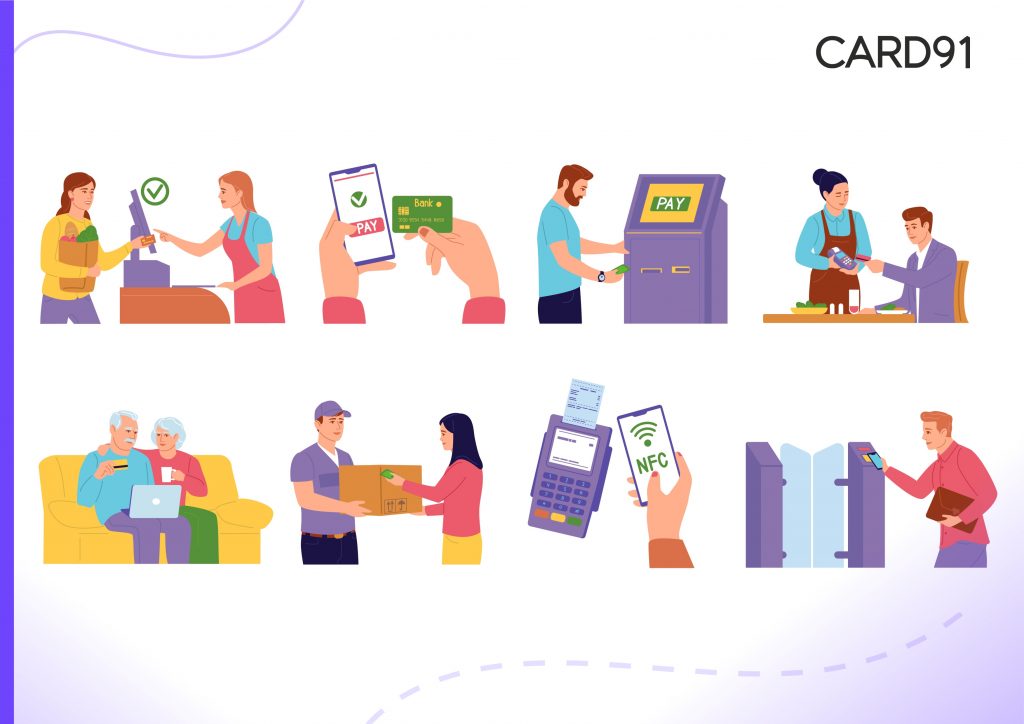Unveiling the Potential of Credit Cards on UPI: Redefining Convenience and Reach

Home / Blogs Table of contents Introduction How Credit Cards and UPI Work Together The Impact: Making Payments Accessible to All How Credit Cards on UPI are Changing the Game Focus on User Experience Conclusion In the fast-changing world of digital payments, a novel payment method – Credit Card on UPI (Unified Payments […]
The Rising Trend of Cashless Payments

Home / Blogs Table of contents Introduction Key Benefits Conclusion In recent years, the world has witnessed a remarkable surge in the adoption of cashless payment methods. Cashless payment refers to any transaction that does not involve physical cash and utilises electronic methods to transfer funds. This can include various forms such as credit or […]
The Evolution of Prepaid Cards: Empowering Financial Inclusion and Digital Transactions in India and Beyond

Home / Blogs Table of contents Introduction Prepaid Cards in India Prepaid Cards on the Global Stage Expanding Functionality and Rewards Conclusion Prepaid cards have experienced a remarkable transformation over the past few decades, emerging as a powerful tool in the financial landscape. Originally introduced as a convenient means for gifting and travel, these cards […]
Digital Payments: Revolutionising India’s Financial Landscape

India has experienced a remarkable evolution in its digital payment landscape in recent years. The swift proliferation of smartphones, internet connectivity, and government initiatives such as Digital India, Unified Payments Interface (UPI) NEFT/IMPS, Prepaid Cards/Wallets/Contactless Payments, e-RUPI, CBDC, AEPS, Open Banking/API Integration has significantly contributed to the expansion of digital payment methods throughout the nation. […]



